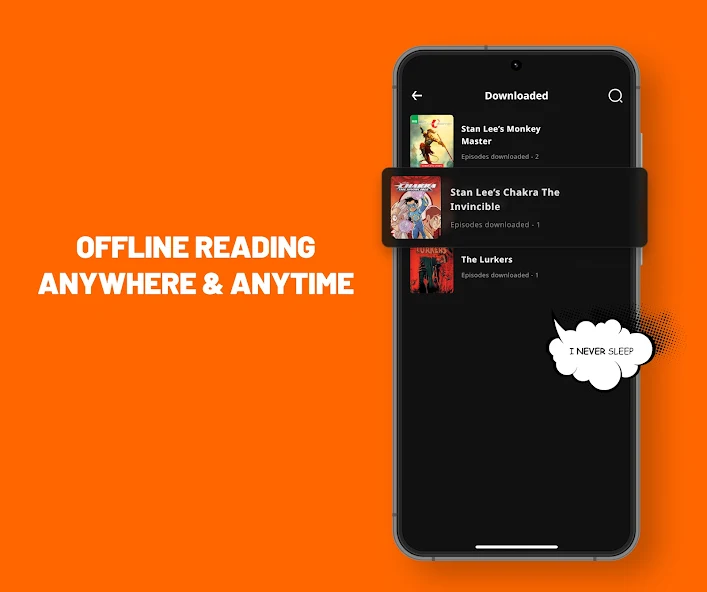1.What We Find in Frames
Somewhere between childhood nostalgia and adult exhaustion, comics sit — not quite books, not quite film, but something vivid and breathing. A place where panels pulse like poetry and every silence is drawn, not spoken. For many of us, comics weren’t just stories; they were mirrors we didn’t know we needed.

And in a country like ours, chaotic and cinematic, the canvas for such art is endless. India doesn’t lack in myth or mood; it only lacks the platforms to stitch them into frames.
That changes now. The resurgence of comics isn’t just about entertainment. It’s about identity. It’s about reclaiming narratives, pixel by pixel, scene by scene, until the absurdity and beauty of our world feels… seen.
2.From Amar Chitra Katha to Antiheroes with Anxiety
There was a time when Indian comics meant mythology — Ram, Krishna, Hanuman, maybe the occasional moral story. Bright pages and bulletproof virtues. We grew up on those, reverent, repetitive, righteous. But we grew up.
And so did the medium.
Today, Indian comics are layered. Angry. Melancholic. Funny without being foolish. Sacred without being sanitized. Not to preach — but to feel. We see Devdutt Pattanaik reinterpreting gods, or independent creators drawing auto rides in neon dystopias.
These are our cities, our flaws, our stories, not filtered for a Western gaze, but lived-in, hyperlocal, and bold.
3.A New Temple: The Indian Webtoon App
There was a time when comics lived under mattresses or in Sunday supplements. But today, they live in our pockets.
These platforms are doing what publishing houses couldn’t — democratizing creation. You don’t need a studio or a patron. Just a phone and a story. The webtoon format, vertical scrolls, and bite-sized arcs fit how we live now. On the move. In-between. Scrolling to survive.
But these aren’t mindless scrolls. They’re meditative. A daily check-in with a character who reminds you of your college roommate. A fantasy arc that feels eerily like Delhi traffic. This is how culture spreads, not just in grand epics, but in micro-emotions.
And when an app curates that well? It becomes more than software. It becomes an archive, an altar, an agora.
4.The Story Isn’t the Plot. It’s the Perspective.
What makes Indian comics so distinct isn’t just the content — it’s the gaze. We draw our gods as our friends. Our heroes are shopkeepers, delivery guys, and ghosts in WhatsApp groups. Our villains aren’t always evil; sometimes they’re just… tired. Trapped. Trying.
There is empathy in every ink stroke.
And in that empathy lies a future — one where stories don’t need to be universal to be valuable. They just need to be true.
5.Read, Create, Repeat
So download that app. Share that indie strip. Draw your weird dreams. The medium is waiting for you — whether you’re a reader, a scribbler, or just someone looking for a familiar face in unfamiliar times.
Because somewhere, in that scroll of illustrated silence, someone is telling your story. You just haven’t found the panel yet.
And maybe, just maybe, you’ll draw your own.
